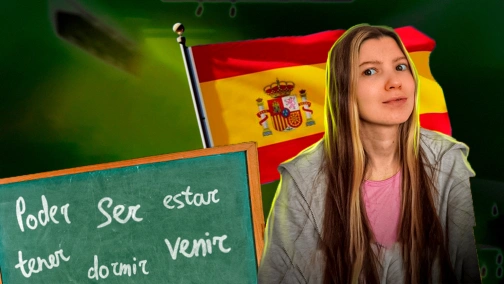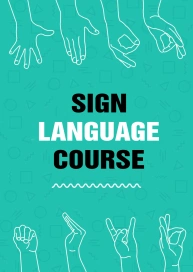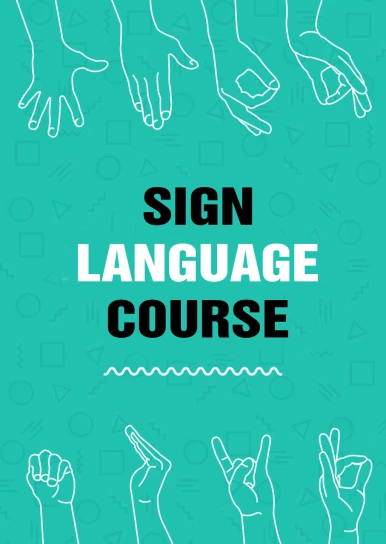Turn off the AdBlock plugin to watch the video
and for the proper work of the site
matching your screen
|
There was a problem playing this video. |
|
Channel is not available
details
|

Top 20 Irregular Verbs in Spanish

Top 20 Irregular Verbs in Spanish
Information about the speaker:
A polyglot, a philologist and a translator, I graduated from a pedagogical university, and I also have a DELE C1 diploma in Spanish (professional proficiency level).
This video is about:
Let's start with the fact that Spanish is a language of verbs. That is, all verbs are changed according to persons, as in our native Ukrainian language. That is, to walk, but I walk, he walks, etc. In order to master the Spanish language, the most important thing is to learn the verbs and their conjugation in each tense. I would like to remind you that a verb is a part of speech that answers the question of what to do: to walk, to eat, to drink, to walk, to sing, to study, etc. There are regular and irregular verbs. Regular verbs are verbs that are conjugated according to the same scheme. In Spanish, all verbs are divided into three groups: verbs ending in ar, er, ir. We reject this ending and put the same type of another ending depending on the person. Irregular verbs have deviations as in the Ukrainian language, for example, to eat, but I ate yesterday. First I asked the GPT chat to give me the top 20 irregular verbs in Spanish. These are the verbs he suggested to me, and in the video I will immediately conjugate them for the first person (i.e. I) to show you this irregular deviation.






